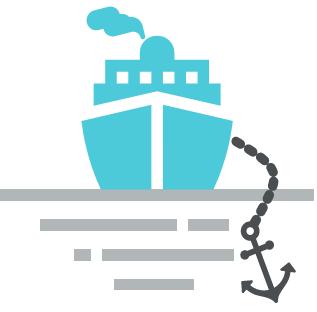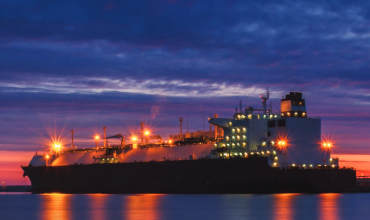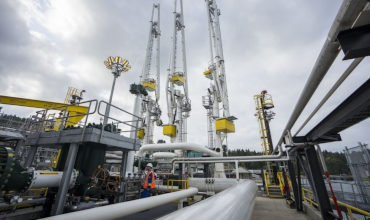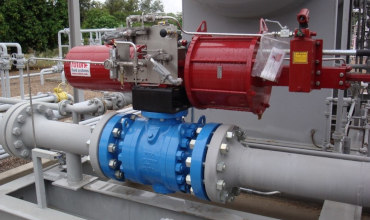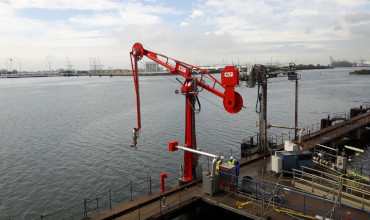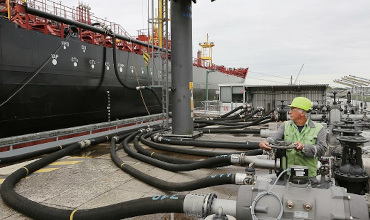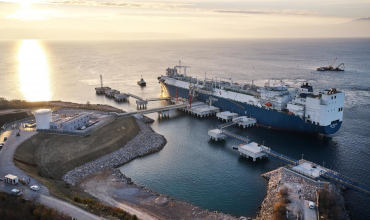Accident Prevention Marine Gas Hose Arms Safety
The domain of marine liquefied gas transfer necessitates rigorous adherence to safety protocols, given the inherent risks associated with cryogenic substances and high-pressure operations. Marine gas hose and articulated loading arm systems represent critical junctures in this transfer chain, vulnerable to multifaceted failure modes encompassing material degradation, operational misjudgment and environmental stressors. Consequently, a holistic approach to accident prevention is paramount, integrating robust engineering design, meticulous operational procedures, and comprehensive human factor considerations to safeguard personnel, assets and the marine environment. This foundational understanding underscores the imperative for continuous improvement in safety management systems pertaining to these vital transfer apparatuses.
Engineering Integrity and Proactive Maintenance Regimes
Ensuring the mechanical integrity of marine gas hoses and loading arms forms a cornerstone of accident prevention. This involves strict compliance with established international standards and industry best practices (e. g., OCIMF, SIGTTO guidelines) during design, manufacturing, installation and commissioning. Proactive maintenance regimes, incorporating regular visual inspections, non-destructive testing (NDT), functional checks of critical safety devices such as Emergency Release Couplings (ERCs) and Emergency Shutdown (ESD) systems, and scheduled replacement of components based on service life or condition monitoring, are indispensable. Such measures aim to preemptively identify and rectify potential defects, thereby minimizing the likelihood of equipment failure during critical transfer operations.
Operational Discipline and Human Element Management
Beyond the engineered safeguards, the human element and operational discipline play a pivotal role in mitigating risks. Comprehensive training and competency assurance programs are essential for all personnel involved, ensuring profound understanding of standard operating procedures (SOPs), hazard identification, risk assessment and emergency response protocols. The meticulous execution of pre-transfer checklists, including ship-shore safety communications, coupled with continuous monitoring throughout the transfer process, serves to minimize human error. Cultivating a robust safety culture that emphasizes vigilance, procedural adherence and open reporting further reinforces the barriers against incidents, ensuring that both hoses and loading arms are operated within their design and safety envelopes.
